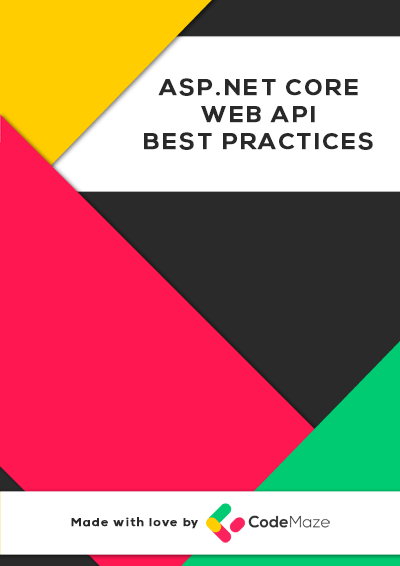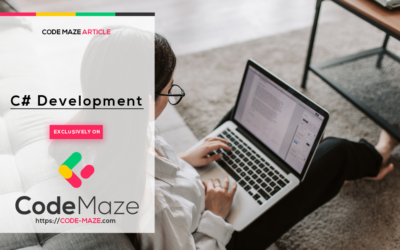In this article, we are going to learn how to implement the HSTS header in ASP.NET Core applications. [sc name="github"...
We are hiring Content Authors (paid position)!
Want to improve your writing and/or English skills?
Want your work to be seen by 1 million .NET developers monthly?
Want to give back to the community?
Want to research topics you like and get paid?
Check out our Content Writer positions and join us!


Join over 15000 others and
GET OUR TOP 16
ASP.NET CORE
WEB API
BEST PRACTICES
FOR FREE!
Simply fill in the form and
we’ll send you the guide.
Whatever you want to learn
We’re here to help 🙂
Learn Only the Things that you Actually Need…

I want to learn
ASP.NET CORE
WEB API

I want to learn
BLAZOR
WEBASSEMBLY

I want to learn
C# AND OOP
PROGRAMMING
New Lessons, Articles and Guides Every Few Days
Latest Articles
Fresh Off The Press
How to Build a URL Shortener in .NET Applications
When working with URLs in our applications, there are times when they may become too long, clunky, unreadable, and difficult to use. In such...
Built-In Rate Limiting in ASP.NET Core Web API
In this article, we’re going to discuss Rate Limiting in ASP.NET Core, specifically version 8, and explore some ways of implementing it. [sc...
Represent the Relationship of Properties Using Property Mappings From AutoMapper
In this article, we'll take a look at what property mappings are and how to retrieve them from AutoMapper. AutoMapper is a free .NET library that...
Better Minimal APIs Endpoint Organization With Carter in ASP.NET Core
In this article, we'll look closely at the Carter library and how we can use it in our ASP.NET Core projects. [sc name="github"...
Code Maze Weekly #210
Issue #210 of the Code Maze weekly. Check out what's new this week and enjoy the read. .NET and C# Top Picks Computing code coverage for a .NET...
15+ Million Students so far…
Over the course of 6 years, we managed to successfully help more than 15 million of our readers improve their skills, gain enormous knowledge, and excel in their careers!
Our main goal is to give everyone an opportunity to learn whatever they want from top experts in the field and land their dream jobs or start their own company!
As years passed, we perfected a bulletproof learning system that helps complete noobs, junior and senior developers improve their knowledge.
So whether you’re just starting out, or have huge past experience,
we’re here to help you achieve your goals.
Code Maze Team
Successful Students
In Depth Step by Step Guides
Problems and Issues Solved
Become part of the Code Maze team
Don’t take our word for it
hear what they say
We live for these success stories,
and there are more of them. Take a look…
![]()
“Code Maze is the authority in the industry!”
“This is a great content created by Code Maze, all you need to know about best practices to become a better software developer. The guide will cover all necessary areas required to start a new project, covering topics such as project start up, logging, database modeling and repository pattern, REST, security and much more!
I recommend Code Maze`s authority on delivering high level software development guidance!”
![]()
“Source of GOLDEN Information”
“At some point when searching about continuous integration and delivery tools, it was hard to ignore Code Maze content. Only a few months after launching their blog the high- quality content was trending all over the Google search. And that’s have been Code Maze credo since the beginning – only quality content and highly valuable tutorials from developers to developers. I am extremely happy to see how Code Maze team and blog have expanded and still holding their standards high. Definitely, a hard to miss source to learn and develop your development skills.”
![]()
“Hidden gem in .NET World”
“Code Maze has been an instrumental source of knowledge ever since I’ve first discovered it half a year ago. Their Best Practices and Design Pattern sections have drastically increased the maintainability of my projects and have changed the way I solve problems.
I would recommend this site to anybody looking to join the .NET world or expand their horizons!”



